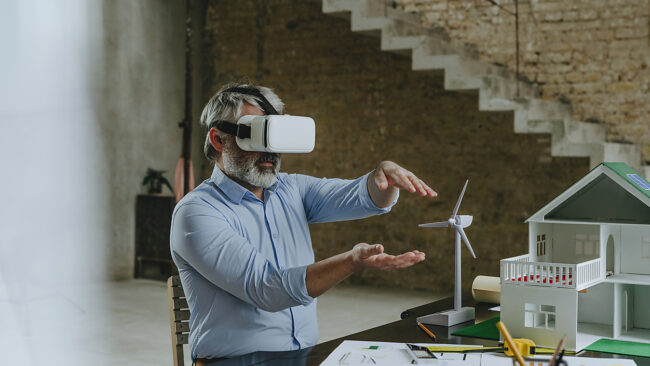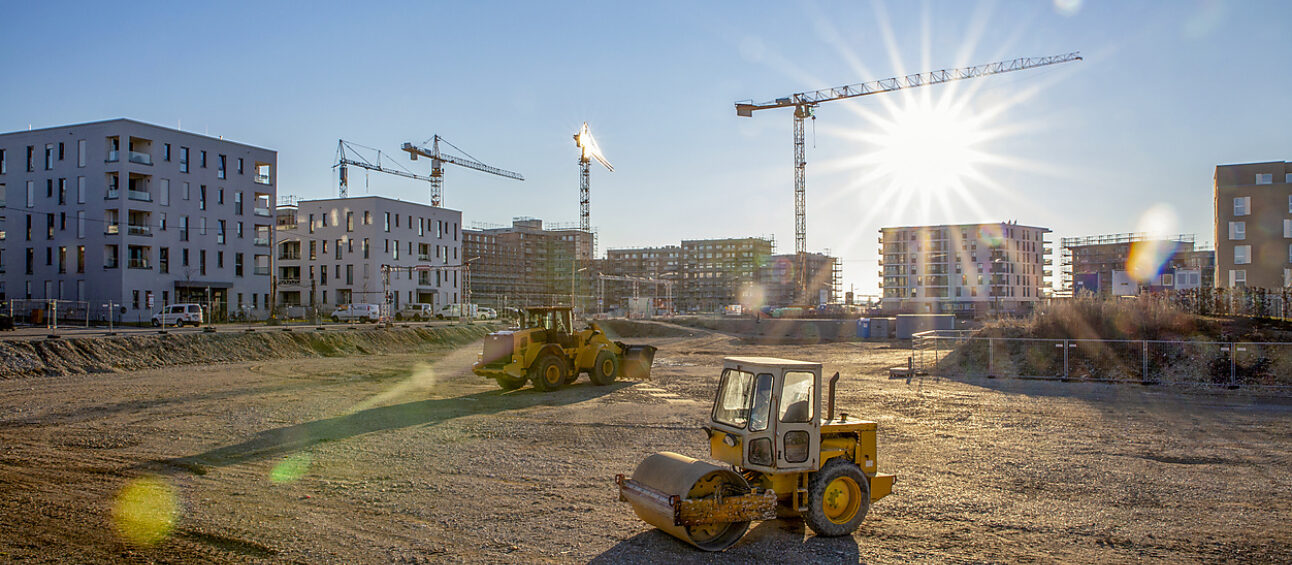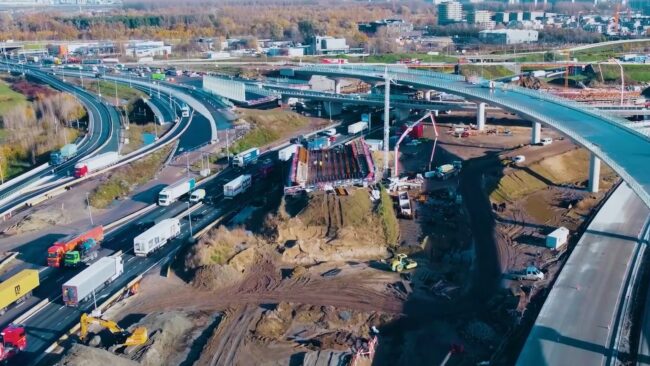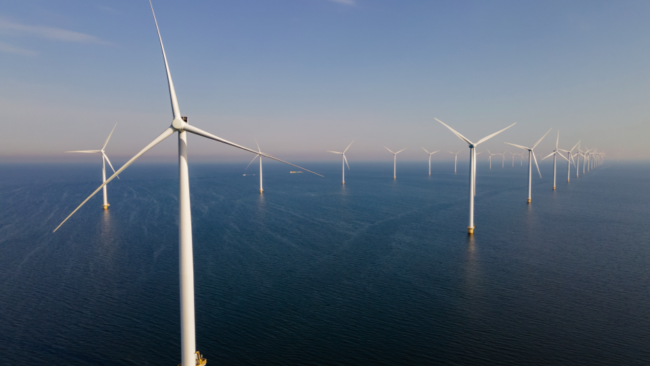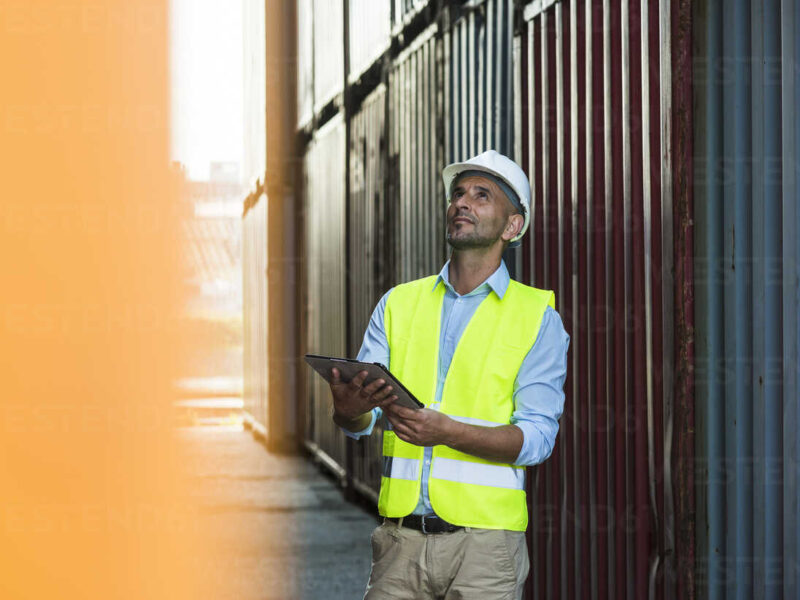The attention paid to sustainability continues to increase. In the market for roads, bridges, tunnels, locks, quay walls, tracks, depots, stations, airports and other traffic infrastructure, it is gradually becoming more than just a buzzword. And that has an effect on the insurance market, notes Peter Anckaert: ‘It’s still a fairly new development. Five or so years ago, there was only one insurer that would refuse to provide a quotation to a customer, not so much because of poor performance, but because the company in question was engaged in an unsustainable form of agriculture, for example. Since then, we’ve noticed more and more that insurers are drawing up guidelines and therefore no longer wish to serve certain sectors. This change of direction is also having an impact on the infrastructure market.’
The cost-benefit analysis that insurers conduct these days is about much more than just the financial picture. Sustainability has become a major factor, and where infrastructure works are concerned can be divided into different aspects. Impact on local residents, workers’ safety, consequences for the environment and air quality: everything is now taken into account.
According to Peter Anckaert, the European Investment Bank and international investment vehicles are also increasingly focusing on genuinely sustainable projects, such as those that pay attention to short supply chains and issues such as circularity and reuse of materials. ‘In Antwerp, for example, research is being conducted into whether locally dredged sand could be used to make concrete for new quay walls. This is an emerging trend: given the situation on the global market, the mindset is changing and companies are thinking about local solutions.’
‘At the same time, we’re seeing greater efforts in the fields of working conditions and mobility,’ says Peter Anckaert. ‘Another striking development is the growing interest in renewable energy – whether in terms of electrically powered vehicles and machinery for removing and supplying soil or energy generation during maintenance.’ There is little doubt that all these aspects will be taken into account in insurance assessments. ‘Insurers too are shifting their focus from the polluting oil and gas market to the new green energy sector. Various players have decided that they now only want to insure companies that take proper care of people and the environment.’ This green trend is set to continue in the years ahead, partly due to pressure from shareholders who no longer want to be associated with ‘bad’ risks, but mainly out of pure necessity.
These changes also have an important technological component: it is up to construction companies and insurers to be innovative and embrace the latest technologies. For instance, Peter Anckaert points to the rise of reality capture (the daily visual recording of the progress of works), BIM modelling and digital twins (creating a virtual imitation of a construction site), and to the use of drones for inspections and, increasingly, for transporting materials to hard-to-reach locations. Such tools lead to efficiency and transparency, which means they also have benefits in terms of sustainability.
These innovative tools, together with the new data models and techniques that insurers themselves are developing to make accurate projections, help them to assess projects. ‘Insurers must continue to focus on using an up-to-date approach that doesn’t confine itself to the loss ratio between earned premium and paid claims in their portfolio. It’s our mission as brokers to ensure that construction companies can do business with confidence. That’s why we emphasise the importance of future-oriented insurance solutions, especially for large projects whose considerable social relevance shouldn’t be underestimated.’
